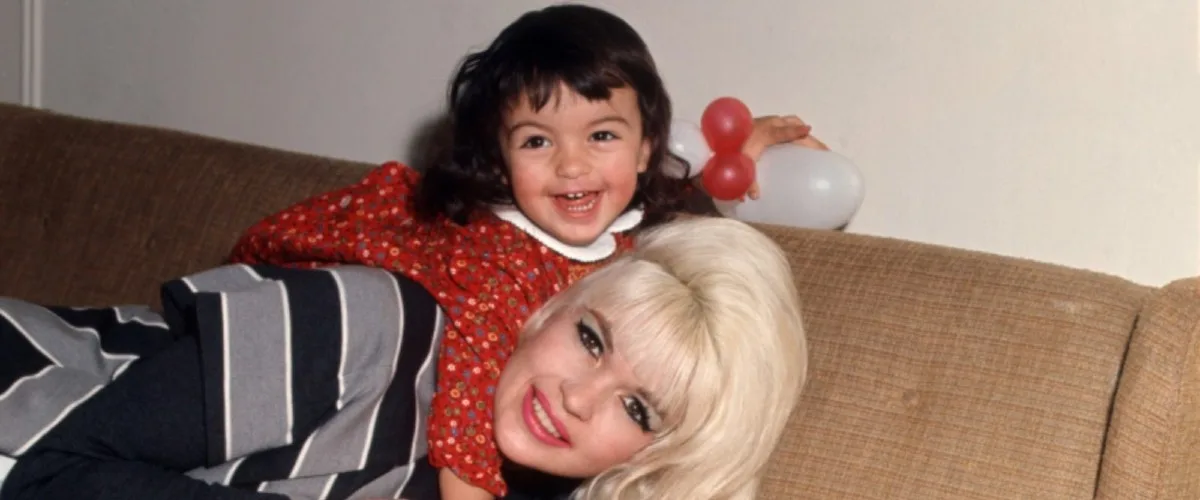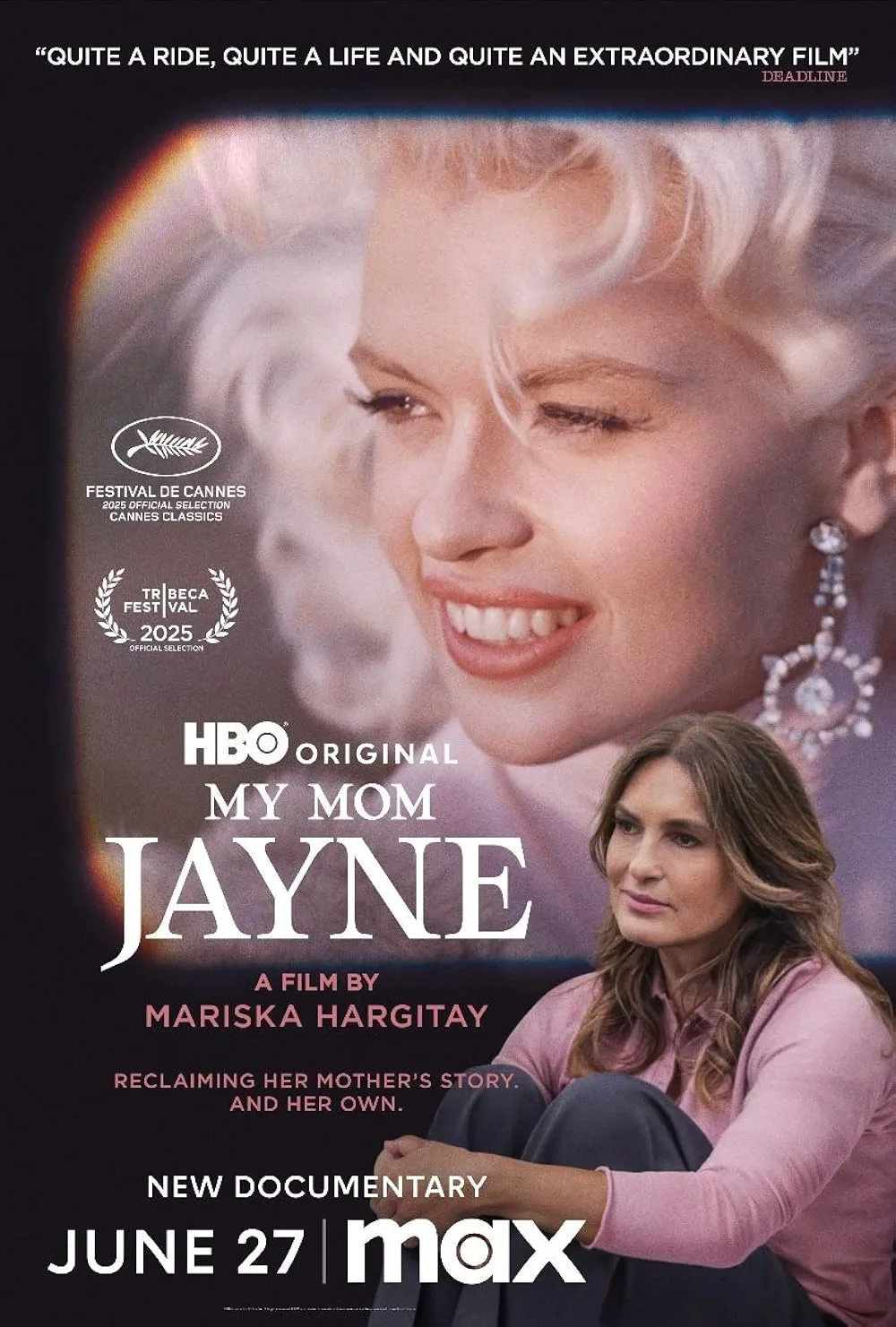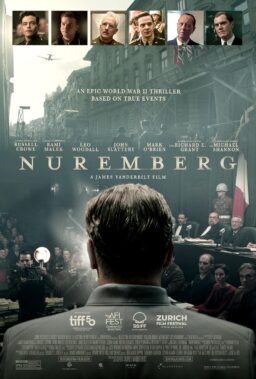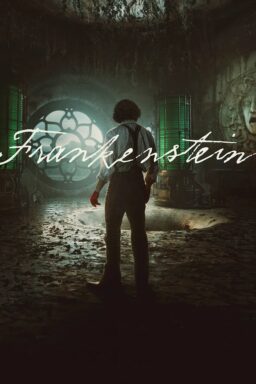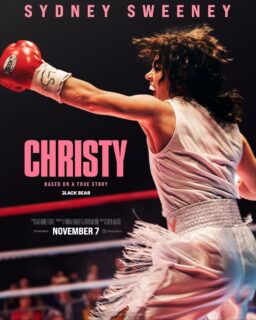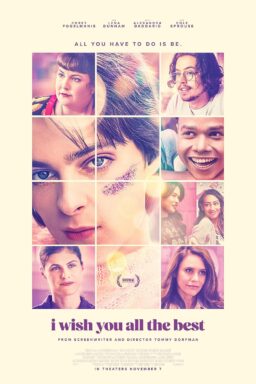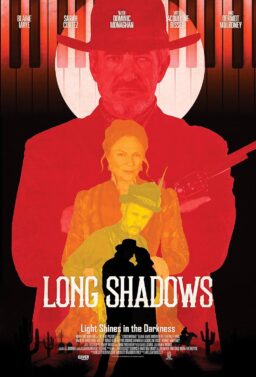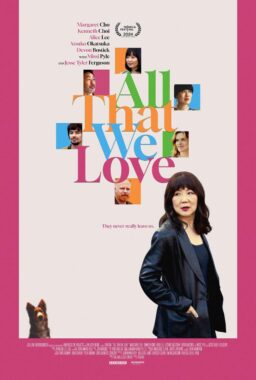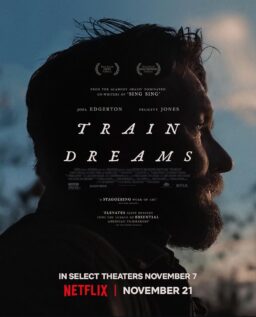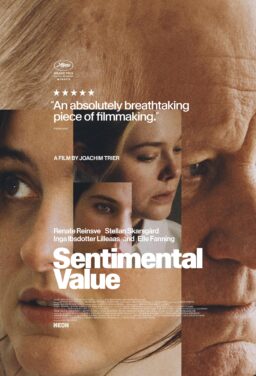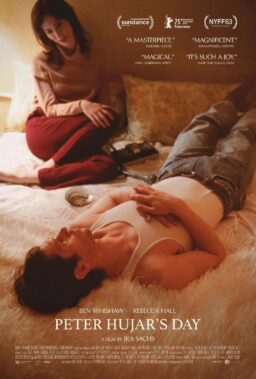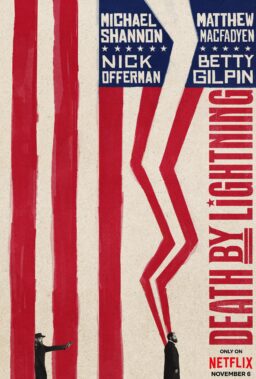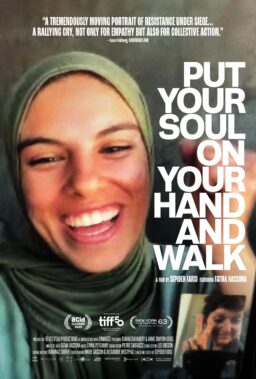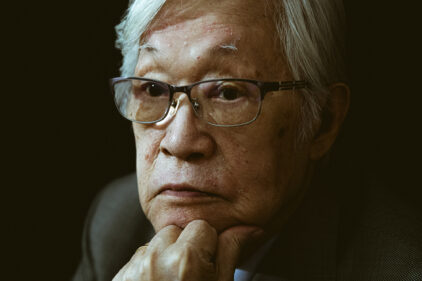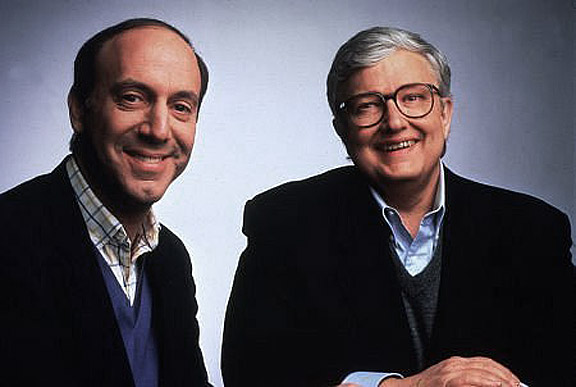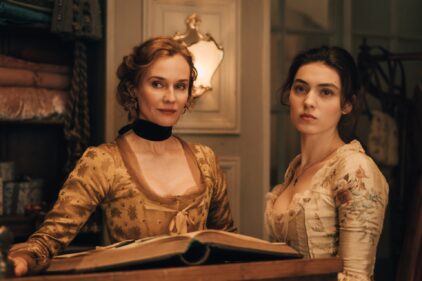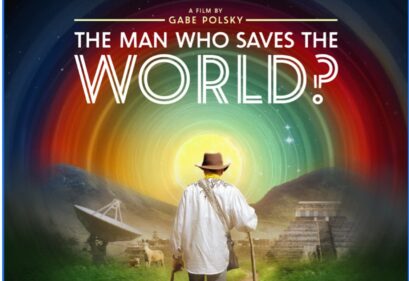When Jayne Mansfield appeared as a guest on Groucho Marx’s show “Tell It to Groucho,” he said to her, “This is a facade. This is kind of an act that you do.” “This” meaning the whole Jayne Mansfield thing: the hair, the cleavage, the voice. Groucho and Mansfield worked together in 1957’s “Will Success Spoil Rock Hunter?” and so, he knew her. It’s a curious moment because Groucho’s tone isn’t judgmental; he wasn’t “calling her out” for being a phony. He came up in vaudeville, after all. He knew a little something about creating a persona. Mansfield herself was open about what she was doing, saying in a television interview around the same time: “I use [my pinup image] as a means to an end.” You’re not supposed to say that stuff out loud if you’re a blonde bombshell!
The layers of artifice around Mansfield, not to mention the massive tabloid archive, created a fog of confusion for the five children left behind in 1967 when she was killed in a car crash. Three of her children were in the back seat, including three-year-old Mariska Hargitay, now well-known for her award-winning portrayal of Olivia Benson on “Law & Order: SVU” over an astonishing 26 seasons. Hargitay has almost no memories of her mother, and her feelings on the subject are in conflict. “My Mom Jayne” is Hargitay’s directorial debut as a documentary filmmaker and an attempt to delve into the past, exploring events she witnessed and experienced but can no longer remember. What she misses, ultimately, is a real sense of who her mother was as a flesh-and-blood person navigating the world. She wishes she had something, some sensorial memory, even just a flash, of her mother’s presence. The film details a process, serving as a way to carve out space where Hargitay and her siblings (Jayne Marie, Miklós, Zoltán, and Tony) can actually sit with their feelings, ask each other questions about what they remember. Everyone has a little piece of the puzzle. It’s been almost sixty years, and all of them still tear up immediately when they talk about their mother.
Hargitay approaches the subject in an honest state of confusion bordering on dissociation. She stares at pictures of herself as a child and notices that her mother is rarely pictured holding her. Why? Mansfield kept detailed baby books for the three older children, but Mariska’s is nearly blank. Another mystery. Hargitay’s name was Mariska, but Mansfield called her “Maria,” introducing her as such on “The Merv Griffin Show.” What was the story there? Why doesn’t anyone know? These are not small details. These are foundational questions for Hargitay about her identity.
Hargitay is frank about spending many years embarrassed by the images of her mother, and the breathless little-girl voice. She found the artifice of it all alienating and embarrassing, especially since she had no personal memories to counteract the image. Hargitay wonders throughout the documentary: Was Mansfield complicit in this? It seems that she was. What was her experience of fame? Why did she talk in that little girl voice? Vera Jayne Palmer was classically trained in violin and piano. This was treated like a joke or a party trick when she became famous (she played both in her appearance on the Ed Sullivan Show). She spoke five or six languages. She was clearly smart and ambitious, keeping her eye on the prize and moving herself and her first child, Jayne Marie, to Hollywood after the divorce from her first husband, Paul Mansfield. Hargitay is troubled by her mother’s salacious reputation. Everyone knows the picture of Sophia Loren side-eyeing Mansfield’s cleavage. Even the way her mother died was treated in a lurid fashion by the tabloids (and, notoriously, in Kenneth Anger’s Hollywood Babylon), as though her sexiness had something to do with her death.
What did Jayne Mansfield’s career mean? Who was she as an actress? There’s a feeling sometimes that if all the surface details—the hair, the figure, the voice, the mansion with its white carpeting and heart-shaped pool—are obstacles to understanding her. I would argue they are key to understanding her. She was smarter than she was given credit for. Her personal choices were sometimes questionable, but that just makes her part of the human race. She loved being a mother. She sometimes picked bad men, the most notable exception being Mickey Hargitay, a former Mr. Universe and a steady father to the children, both before and after Mansfield’s death. Once the publicity machine cranked into gear, there was no way to stop it, and Mansfield wouldn’t have wanted it to stop. She was not a victim of the publicity. She actively courted it. The work, though, interests me. When you watch her wiggling across the screen in Frank Tashlin’s classic “The Girl Can’t Help It,” you wouldn’t wish for her to be anything other than what she is. She’s outrageous. John Waters, the poet laureate of all things Mansfield, has thought about her on a more or less constant basis for sixty, seventy years. (On the Criterion Collection’s release of “The Girl Can’t Help It,” the special features include an interview with Waters about the film.) He wrote, “Jayne remains the high priestess of lunatic glamour, so it’s hard to imagine her ever wanting to rest in peace.”
Jayne Mansfield was not allowed to rest in peace, and her children still live with those consequences. Hargitay’s approach is intuitive in a really courageous way, because she’s so open to the process, to her own pain and loss. Behind every frame, you feel her need to understand, to learn, to look.

